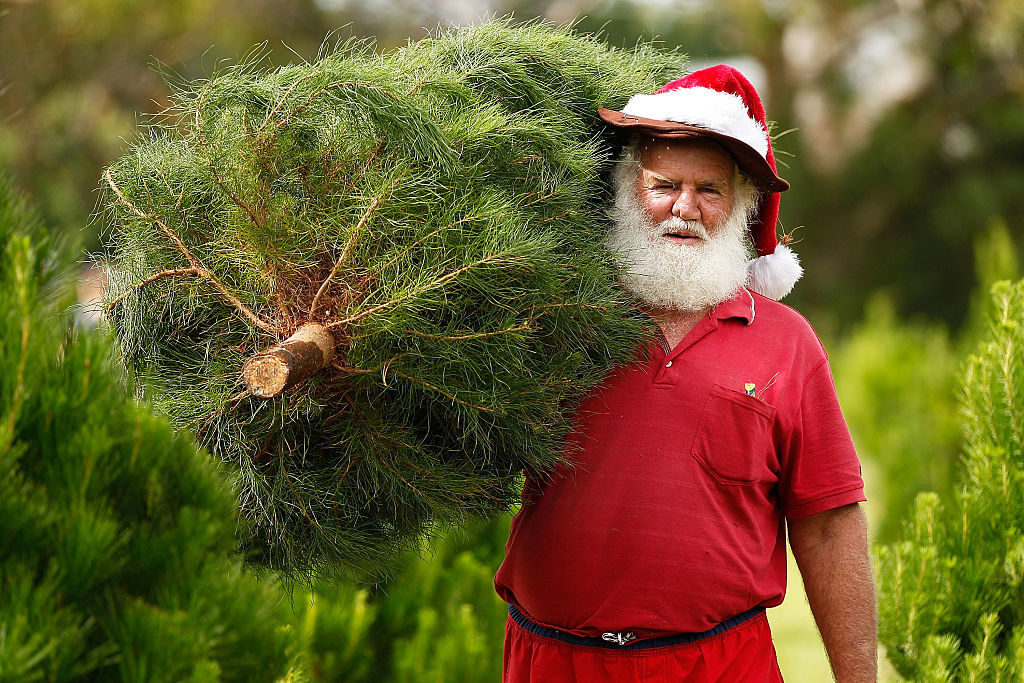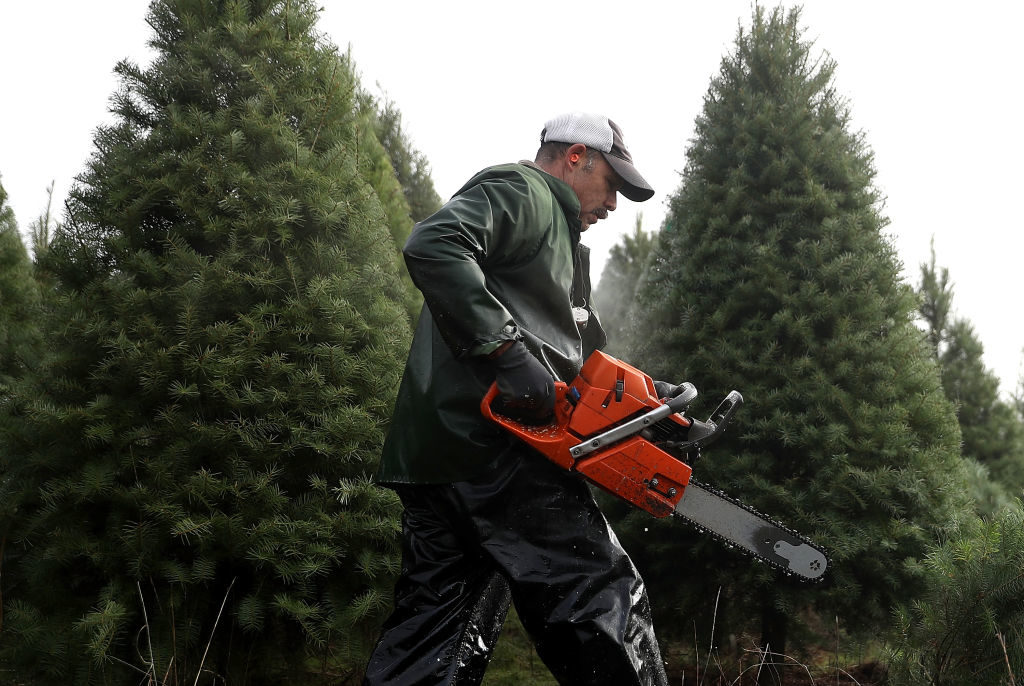During the holiday season, consumers should be aware of unwanted critters that may find their ways into homes by clinging to freshly cut Christmas trees, said Texas A&M University Entomologist David Ragsdale.
“It should be no surprise that when a living plant is brought into the house it has hitchhikers,” Ragsdale said.
Ragsdale, head of the university’s entomology department in College Station, said it is not uncommon for insects to take refuge on trees. And where there are insects, there are likely spiders.
“For example, the black widow likes dark places, and they do not build the classical spider web,” he said. “They instead have a rather chaotic web, and attack an insect that gets tangled in their web. Their strategy is to sit and wait for their meal to walk by.”
Ragsdale said consumers need to use common sense and be mindful that live trees “are just like bringing fresh cut flowers from the garden into the home.”
“Does it surprise anyone that you might have insects in a live tree growing on a large Christmas tree farm?” he asked. “Where there are green plants there will be insects and insects are the natural prey of spiders and other predators.”
“You just need to be vigilant,” he said. “Before cutting off the base to place in the stand, give the live tree a good shake outside before bringing indoors. This knocks off the dried needles and could dislodge insect hitchhikers.”
Same goes when purchasing a live tree and temporarily storing it in the garage. Ragsdale said it’s always a good idea to inspect the tree for any unwanted insects before taking the tree inside and decorating.
“You don’t have to go to an extreme and use an insecticide,” he said. “Just give it a good visual inspection before bringing it into the home. All in all, a live Christmas tree is the centerpiece of Christmas tradition.”
###
This story by Blair Fannin originally appeared in AgriLife Today.
Blair Fannin, 979-845-2259, b-fannin@tamu.edu or Dr. David Ragsdale, 979-845-2516, dragsdale@tamu.edu.





